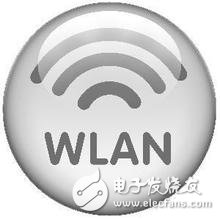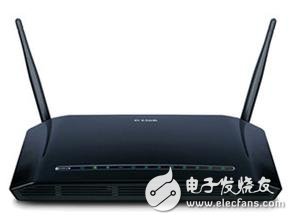How to ensure the security of wireless access equipment in the era of mobile Internet
The rapid rise of mobile Internet and mobile intelligent terminals is driving the rapid development of wireless access technologies. Especially with the surge of global mobile data traffic, wireless access technology represented by WiFi is becoming a powerful means to alleviate the pressure on cellular networks. Driven by strong market demand, wireless access technology is accelerating the pace of revolution, and the types of wireless access devices are increasing. Due to the existence of massive devices and the increase of network complexity, the security of wireless access devices and networks is also Become a prominent issue.
With the popularization of broadband services, wireless access devices have not only been used for LAN interconnection in a small area, but more as the "last mile" portal of the mobile Internet, becoming an indispensable carrier platform for mobile Internet. At present, because the wireless access device is directly connected to the Internet, the network environment is complex and numerous, and the intelligent development leads to the continuous enrichment of the device form, and its security problem is increasingly prominent. So, what are the main security issues for wireless access devices? Is there a way to circumvent and solve it?

figure 1
The variety of wireless access devices is increasing
With the development of the mobile Internet, especially the widespread application of intelligent operating systems, different forms of wireless access devices have emerged, and their structures and application principles are also different to meet different application scenarios and needs. In general, current wireless LAN devices can be divided into two categories: traditional wireless LAN devices and new wireless LAN devices.
Traditional wireless LAN device
Traditional wireless LAN devices mainly refer to wireless local area network (APs). They can be classified into carrier-grade APs and home-level APs depending on the application and deployment method.
Carrier-class APs use "slim APs", which are mainly deployed by operators in hotspots such as hotels and airports. Generally, such APs have only a simple Layer 2 forwarding function, which is used to complete WLAN coverage and access, device configuration, routing, and accounting functions required for network operations, and ACs (access controllers) connected by APs. The centralized control of the AS (access server) is completed, and the normal user cannot generally obtain the configuration management authority of the "thin AP".
Household APs use "fat AP". In addition to wireless access and coverage, they also have wireless parameter selection, routing, security and other functions. Users can configure and manage them themselves. "Fat AP" has a user side (LAN) interface and a network side (WAN) interface, the LAN interface is used for wireless access and coverage, and the WAN interface is connected to the Internet through fixed broadband access (such as Ethernet, DSL, PON, etc.). At the same time, it also supports DHCP, DNS, PPPoE, VPN and other protocols related to access control, address allocation, routing, etc., to implement device configuration, routing, security and other functions.

Figure 2 Wireless routing
Phenolic Cotton Cloth Laminated Sheet is a laminated material made by hot pressing of cotton cloths impregnated with a thermosetting phenol-formaldehyde-based binder.
Due to the use of cotton cloths, the phenolic cotton cloth mixture has high compression strength and increased resilience, favorably lends itself to machining by drilling, cutting and forging. That is why it the phenolic epoxy resin cotton cloth laminated sheets are widely used to make parts loaded with reversed electrical and mechanical stresses or working under friction (bushings, cams, etc.).
The textolite or phenolic cotton cloth sheets are used as insulating material for work in transformer oil and in the air at normal relative humidity of the environment and at 50 Hz of frequency.
Long-term allowable working temperature: -65°C to +105°С.
Phenolic cloth laminated sheet is made of cotton cloth impregnated with phenol resin, baked and hot pressed. It has high mechanical properties, oil resistance and certain dielectric properties. The heat resistance level is E level.
Phenolic Cotton Cloth Laminated Sheet
Cotton Cloth Board,Hard Cotton Cloth Board,Phenolic Cotton Cloth Board,Phenolic Cotton Cloth Laminated Sheet
Yingkou Dongyuan Electrical Insulation Board Co.,Ltd , https://www.dy-insulation.com